Spanish revival interiors are very organic. This refers both to the colors, textures, and geometry. You’ll see a lot of circular doorway arches, curved lines, as opposed to those straight edges that are found in contemporary kitchens, and lots of visual complexity, such as a colorful tile backsplash. What further gives Spanish revival interiors their characteristic charm are custom-made interior elements.
So, if you can go one step further and find hand-painted tiles to use for the backsplash, your vibrant interior will be that much more effective. Also keep in mind, that the more custom-made or hand-crafted interior elements you have, the higher the market value of your home will be. With each personalized interior adornment you implement, you’re essentially investing in your home’s value as well as its appearance.
One of the most prominent elements of Spanish revival interiors is the dark walnut wood surfaces. This can be the furniture, flooring, ceiling, or cabinets. Dark walnut pairs exceptionally well with terracotta hues of Spanish revival interiors, such as beige, orange, and rich reds.
Metal is also a big part of Spanish revival interiors. Whether they are metal cabinet and cupboard handles or a gorgeous kitchen chandelier, incorporate a bit of iron into the interior to make it more earthy. This earthiness is key to making your modern Spanish kitchen design pop out in all the right ways.
4. Tudor
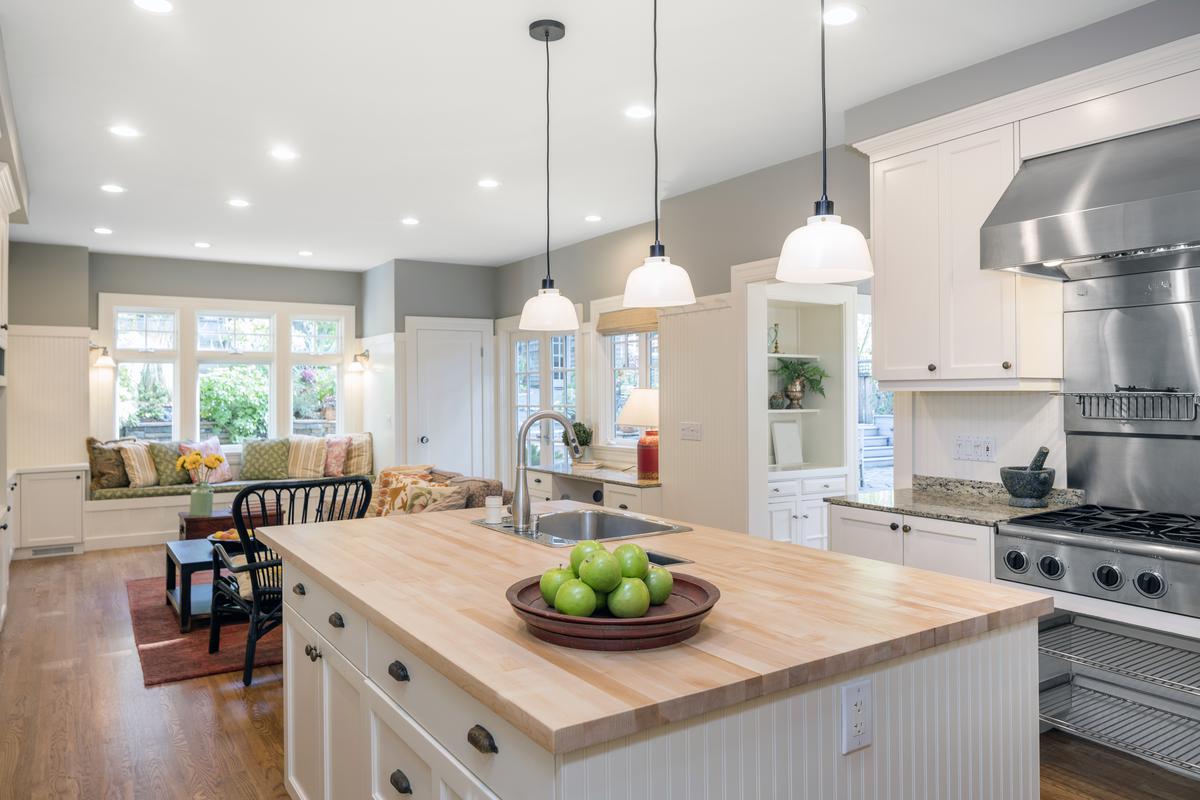
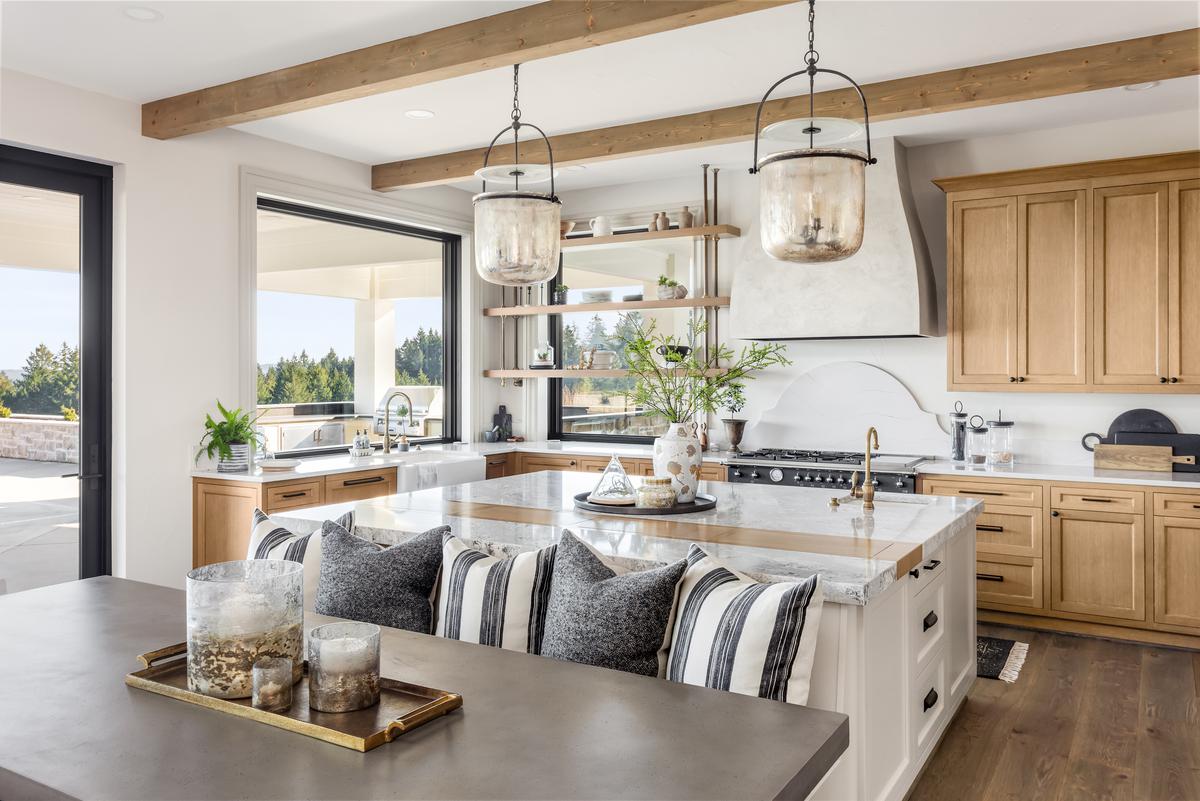
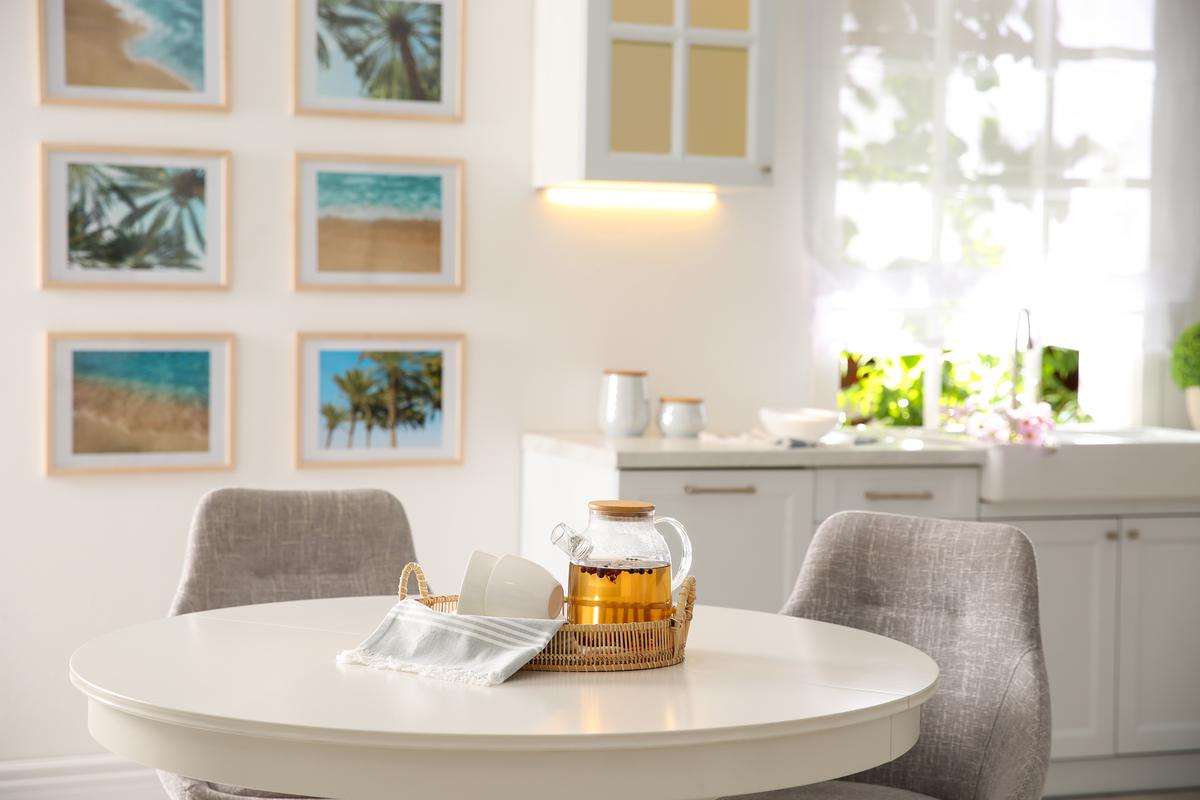
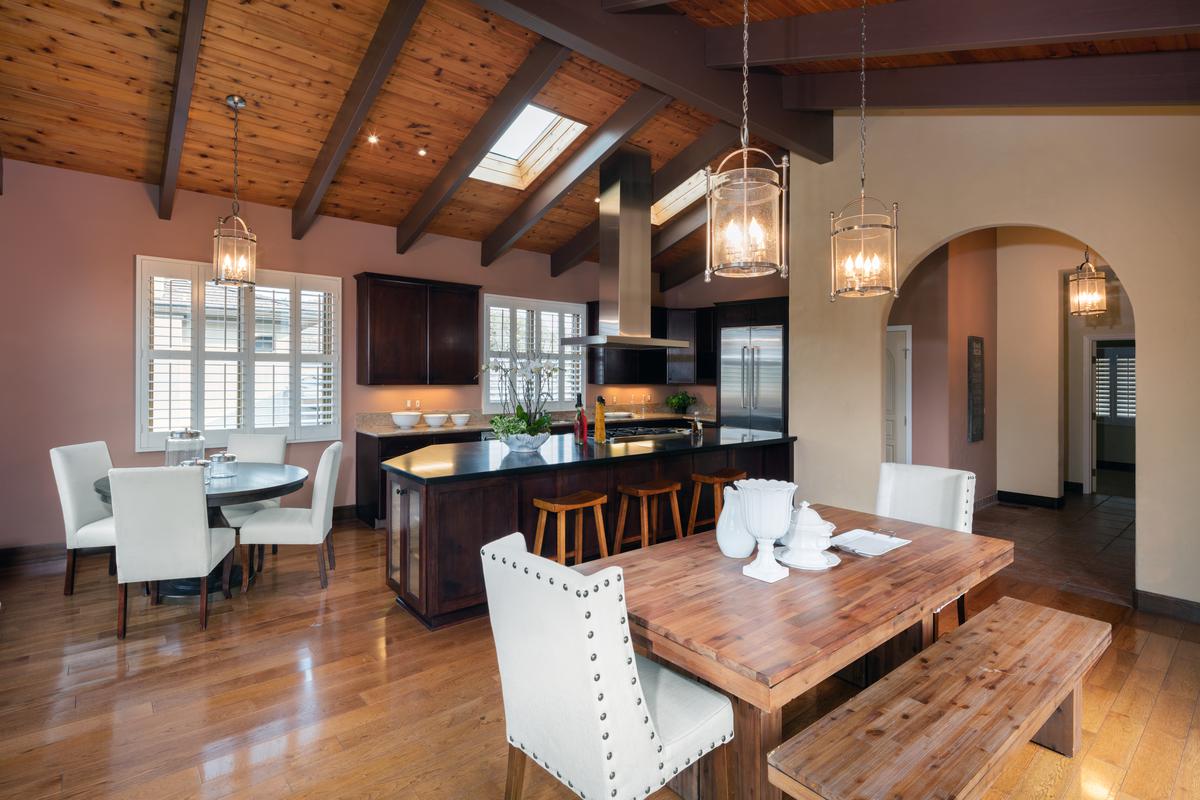
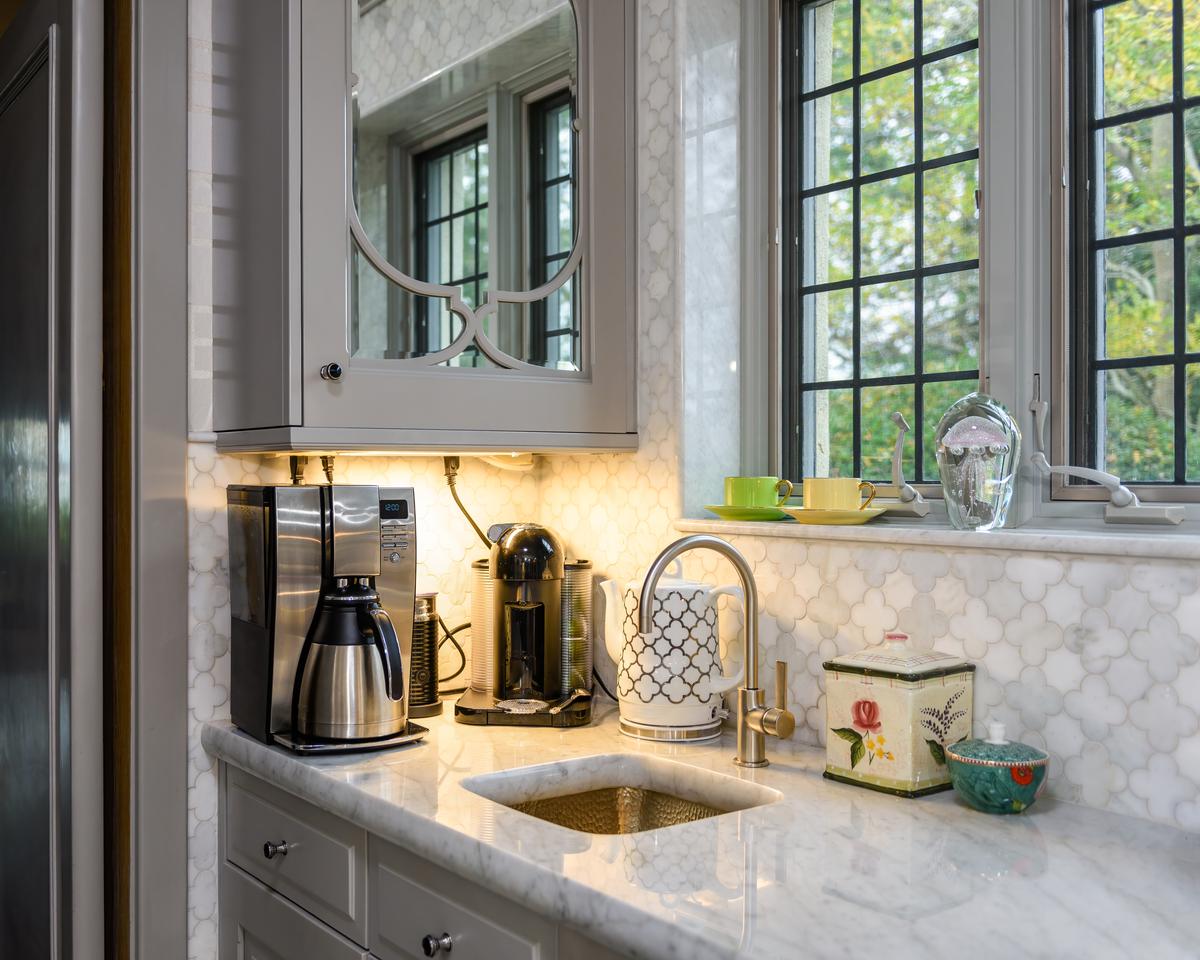


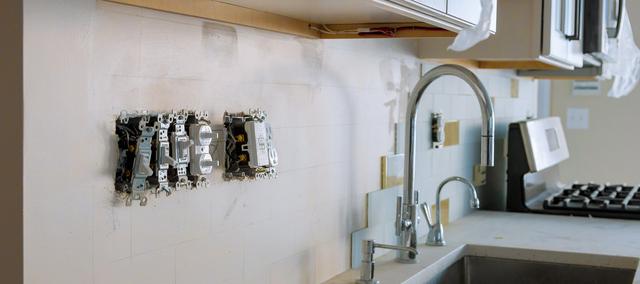
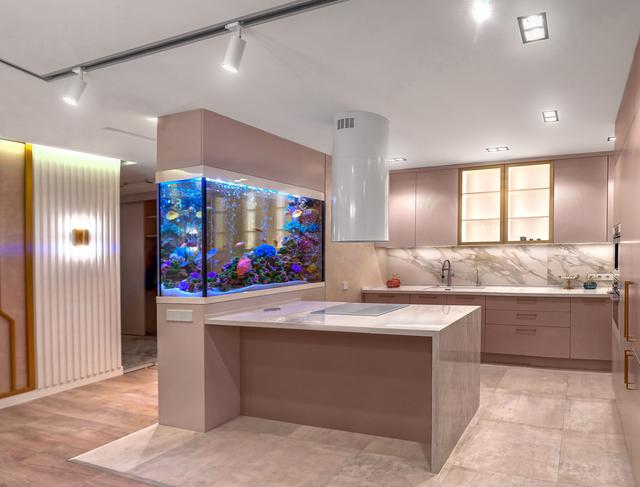
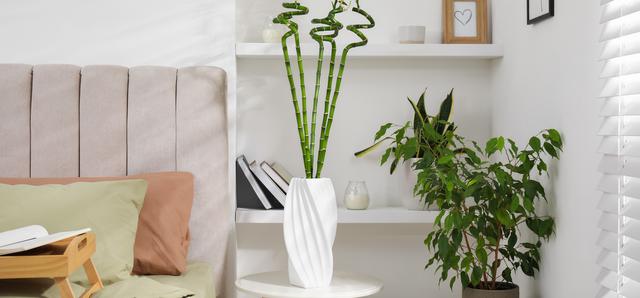
comments